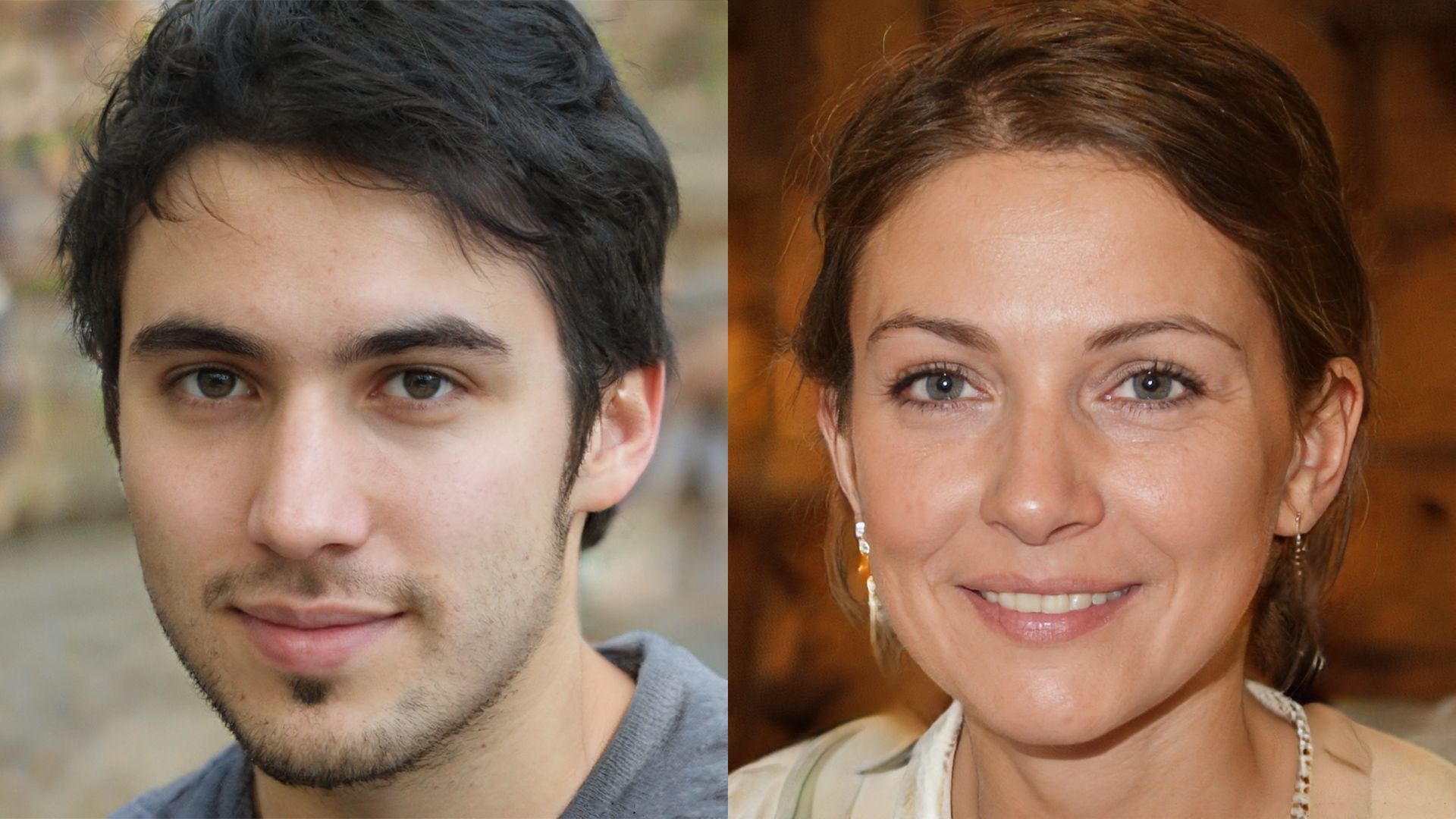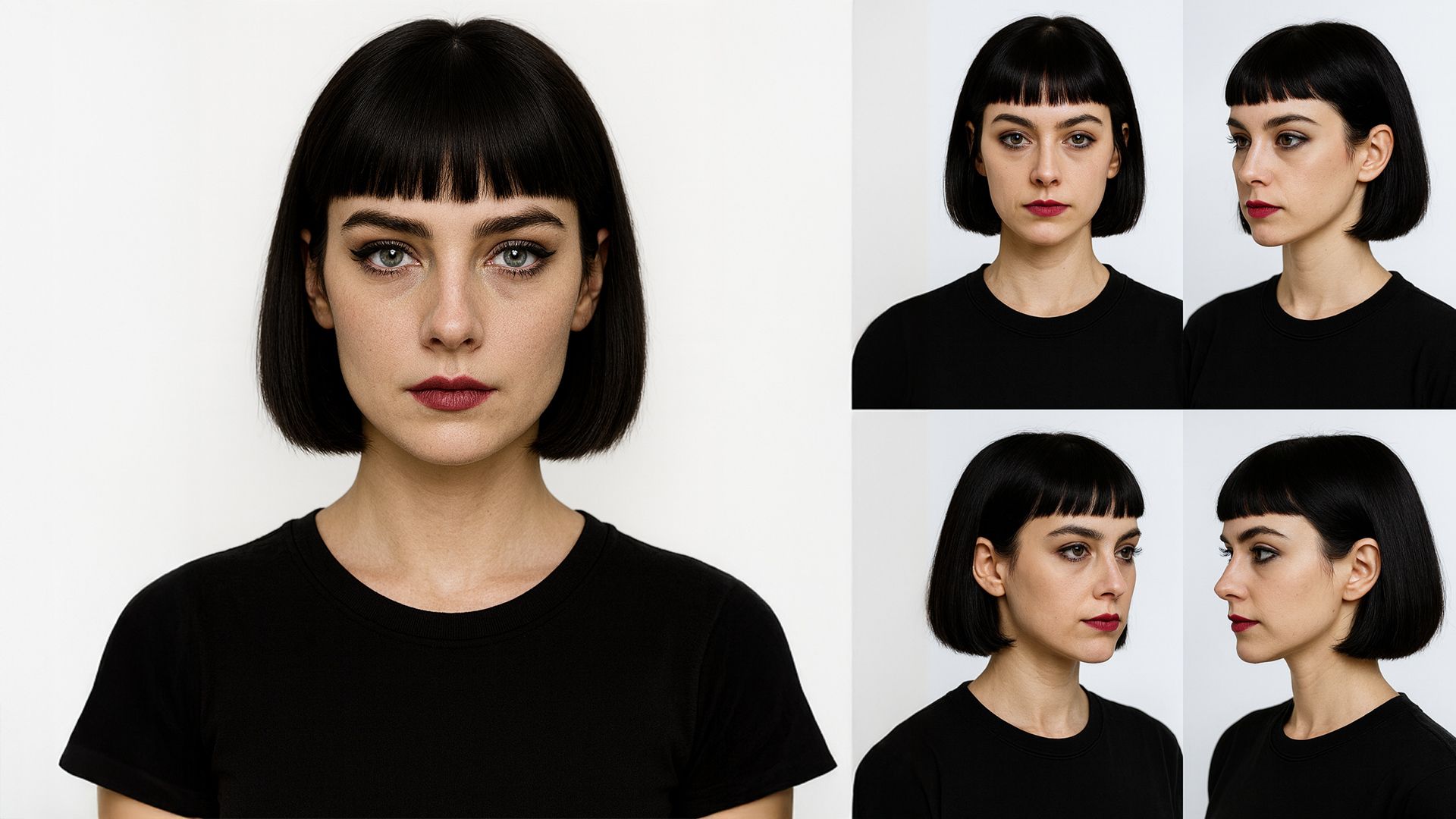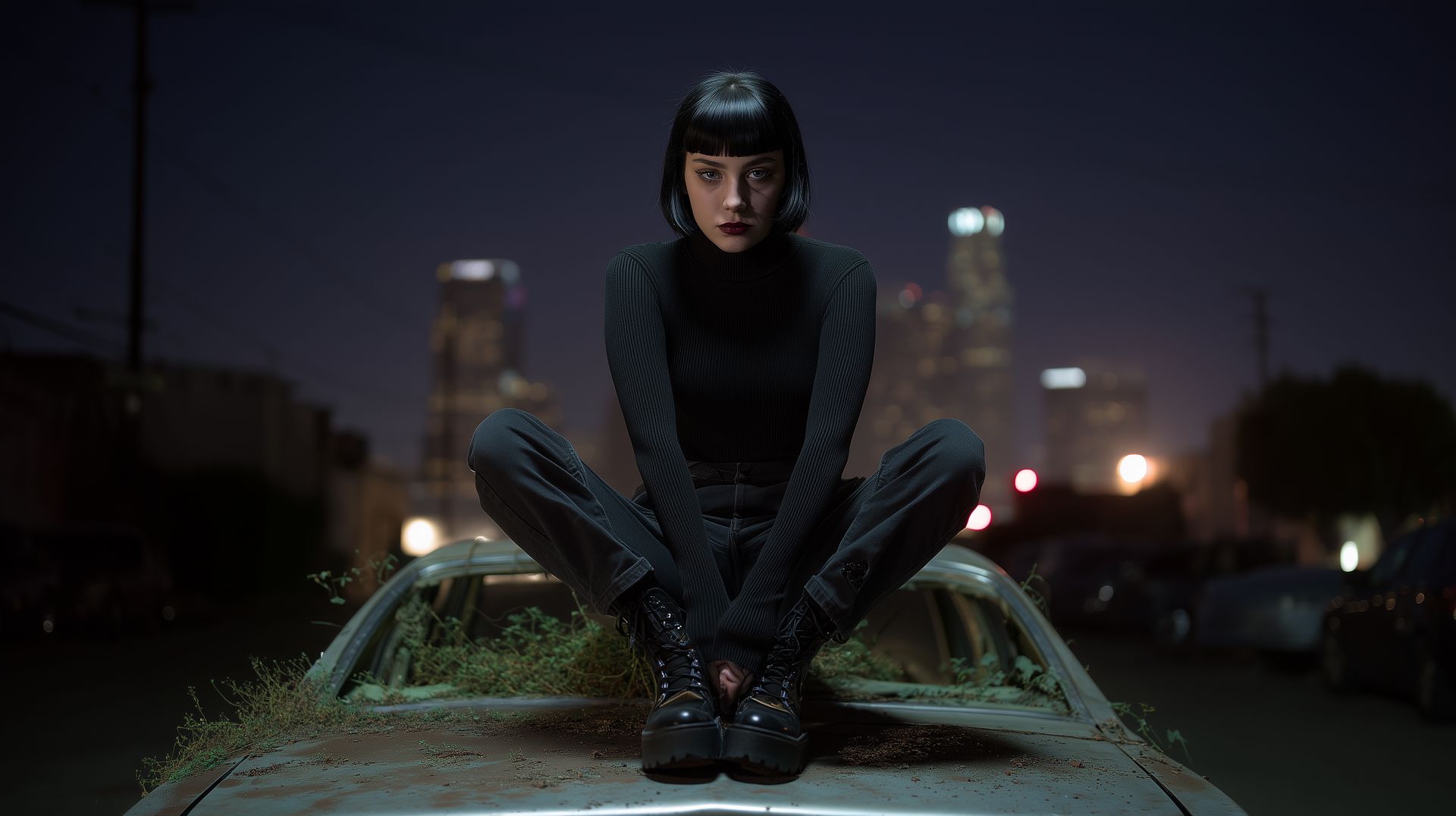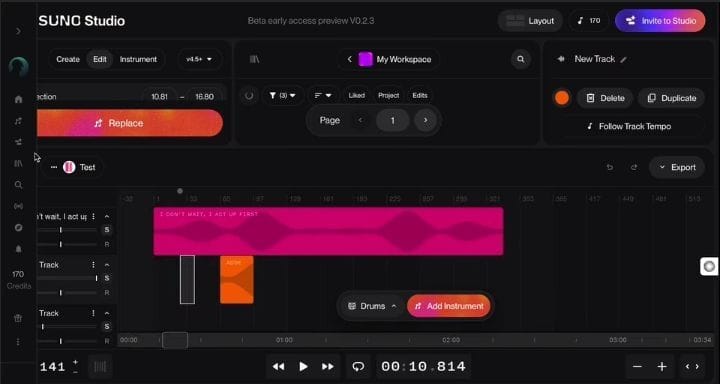- Authentic Alchemy: Insights on Resonant Branding
- Posts
- Authentic Alchemy • Episode 17: Humanizing AI - Meet Shiun
Authentic Alchemy • Episode 17: Humanizing AI - Meet Shiun
Happy Monday. I hope everyone had a good week.
Last week we discussed the importance of artists and their unique expression in the AI age, and I announced my project Shiun—a project where we explore the state of AI tools in relation to creatives, what this means for our sense of identity and the roles we play, and one guiding question: How do we humanize AI? So, let’s dig in.
Shiun is the name for the virtual artist I created. A virtual musician felt like the best choice to explore all facets of branding, identity, media creation, and marketing. I want to explore what works, how it works, and where it falls short.
First, I’ll give an overview of the concept that will fuel the creation of her identity and content. Then we will examine AI tools, processes, and the current state of possibility, and finally reflect on how this could affect our sense of identity. Follow along; this will also give you a very in-depth, real-world example of the branding and creative process in a step-by-step fashion.

Let’s start by defining her core identity with human inspiration and input. All human. No AI here.
Shiun is an early-30s virtual female musician/artist, predominantly of Caucasian descent, with strong Basque and Asian influence. She draws from older indie rock, experimental electronic, trip-hop, and modern pop. Her visual style reflects that mix.
Conceptually, she is “an oracle through which a sense of the unknown and intangible aspects of the tremendous cultural shifts we are experiencing, and the resulting emotions, become better understood and integrated.” She holds space for uncertainty and dissolving frames of who we used to be, and her expression reassures us that change carries purpose and that we will be okay.
She looks into the future, pulling important insight into her work to support our metamorphosis through these challenging times. She shines a light on the unknown while offering keys that help us retain our humanity until we reach more grounded times.
Her lyrics are both direct and poetic—a dance of fact and fiction that speaks to wisdom and the more elusive instincts and motivations of humanity.
The visual style mirrors the polarization of consciousness we find ourselves in. Less dystopia, more a picture of where we could land in ten years if we keep moving in a disconnected direction, set against the pull to reconnect with what is natural—nature itself and our inner voice in contrast to the endless voices of others hijacking our inner space.
If you’ve been following my branding classes, you know that at this point we answer the five core identity questions to create our information stack. When we apply it, it reads like this:
Who she is:
A virtual musician acting as an oracle for our era.
What she does:
She turns the unknown currents of cultural change into songs and visuals people can feel and understand.
How she does it:
She bridges classic and contemporary tastes through music and cinematic music-video films, converting cultural uncertainty into grounded, human insight.
What’s unique about what she does:
She stands as a unifying voice of honest vulnerability beyond ideology, restoring a lived sense of shared humanity through her work.
Why what she does matters:
It offers insight and keys for staying human through upheaval, giving people orientation during volatile shifts, a shared language for hard feelings, and practical rituals that preserve dignity, empathy, and agency while guiding them toward grounded futures.
So, that’s a solid start. If you haven’t answered these questions in this order for your business, make sure you do. It’s the cornerstone for everything you do.
At this point I asked AI to do the same and come up with a concept for Shiun, just to compare.
It felt pretty anemic. What came back had a kind of modern dream-pop Enya, meditation vibe. Nothing highly culturally relevant or distinguished. Nothing that pushes the edge of culture. So I’d say AI still falls short for one-click identity. How could it know who you are before you do?
Now that we have our information stack and guiding visual and auditory cues, let’s figure out what she looks like.
I fully understand that a completely virtual artist from scratch cannot yet pass as a real artist. We’re close, and I want to see where we are. So, let’s see how good or bad it gets.
To create the character, the first thing I had to do was familiarize myself with AI image-generation tools. Can AI actually make an image that is indistinguishable from real life? Are we there yet, and what tools would you use? The numbers say this: recent studies put human detection near a coin flip, and a 2025 Microsoft study found 62% accuracy, so there’s about a 38% chance you’re fooled even when you feel confident.

Models trained solely on real human faces can match real photos with near-perfect realism. Yes, both images are entirely AI-generated.
That’s a strong statement. So yes, you can create AI images that pass undetected. As of September 2025, many consider Midjourney, OpenAI’s image generation, Google’s Imagen 4, and the new SeeDance model among the best.
I landed on Midjourney. You enter “prompts,” which are text descriptions of the image you want to create, press enter, and within a minute or less you get a convincing image—depending on how good you are at “prompt engineering.”
I spent a few days creating a face for Shiun. ChatGPT actually produced a more convincingly realistic image, although the tool was less dynamic. I could change features, but the face kinda stayed the same. I was seeking realism, so even though she didn’t look exactly the way I wanted, I settled on the ChatGPT image and moved on.

Shiun character reference Sheet. Image rendered in ChatGPT. Angles rendered with Omni Reference in Midjourney.
When you create a character, you need character references. You take your original face image into an AI image tool like Midjourney, use it as an Omni Reference, and prompt it to create views from all sides of the character. With that character data, you can place your character into any images or videos you need for your brand.
I skipped over a lot. In certain tools you can train a LoRA: a small add-on you teach with a few photos so the AI learns a face or style. You can make one in Stable Diffusion tools like Automatic1111 or ComfyUI and switch it on when you generate. Midjourney uses Omni Reference, so I stuck with that.

Shiun virtual character rendered into a scene. Image created in Midjourney using the original character reference face as an Omni Reference.
So what did we learn at this step? AI can make a convincing human character. Is it easy, and did I achieve that? No. What became clear is that the most convincing characters start from real photos of real people. AI-generated images carry a kind of weird AI texture. You can add back detail with tools like Magnific, but they are expensive and still fail to carry you past the uncanny valley. Also, depending on the tools you use character consistency can vary from image to image. So nailing down a solid workflow is necessary. I’m certain that with experience, I could overcome many of these minor problematic details.
What I ended up with is a clearly AI character that looks pretty good. I think that’s where we are. We’re close, yet a character you can use for motion or a consistently convincing multimedia experience still falls short. A still image with precise prompting can work but motion is much harder.

Shiun character placed into a scene for her first music video for the track - “The Cusp”. Image created in Midjourney using the original character reference face as an Omni Reference.
With a human-written identity and a human-directed AI character, it was time to create a music album.
My research brought me to Suno.ai for generating the AI music. It appears to be the best one out there. In my quest for “How to humanize AI,” I wanted to see how human-directed it could be.
For those who don’t know, I have an extensive music background. My father was a semi-known music producer, I’ve produced records for Daniel Ash, and I’ve worked in the music field in many disciplines over the last 30 years. So this comes from the view of a pretty well-rounded musician, producer, and music-branding person.
In Suno, you can type “Make me a rock song” and it will write the lyrics and spit out a decently impressive rock track in under a minute. They tend to be generic; a bit of synthesized compression “sheen” glosses over it and it feels safe and remarkably unoriginal.
But I wanted to see how far we could push it.
Refreshingly, Suno is vocal about the elephant in the room. They push against the idea that “AI does it all for you” with regular updates to tools like stem extraction, remixes of your own original songs, channel-based versioning, sliders to modify output, and extensive music style tags and negative prompts.
The light bulb clicked when I learned you can use [brackets] in the lyric text prompts to guide arrangements and chord progressions. Combine that with stem extraction and reimagining your own songs, and you get powerful tools that expand the creative process into new territory.
You still can’t play your own instruments inside it, but uploading a previous recording of your song challenges that limit. At that point it’s versioning of your own performance, and you have separate tracks available to work with in your favorite DAW (Digital Audio Workstation).
They’re pushing it further with the new Suno Studio, which lets you create and edit at a stem and bar level. And I just also read that Suno has purchased an existing DAW company, so I would expect a hybrid AI DAW in the next year or so, so it’s probably good to get familiar now as the tides change.

You can check out Suno.ai if you are interested.
So where are we with AI music generation tools? It’s mind-blowing. Like chat and image models, what you put in is what you get out. Good information and good prompts can produce media that rivals truly creative, real-world work. It takes someone who is both a real, talented artist and exceptionally skilled at prompt engineering. And I mean exceptional. You really need to know how and what to type into these tools to get output that stays true to your vision.
To develop exceptional prompt engineering, you need to know your craft extensively. You need to know microphones, recording techniques, synthesizer models and terminology, cameras, camera framing and moves, blocking, film types, lenses, focal lengths, branding, identity, and on and on. The irony is that you must know exactly how to do everything so you can tell AI to do it. A strange quagmire indeed. Without it, you get average results. And that’s exactly what we’re seeing when people say “AI slop.”
I guess what I’m saying is that it isn’t AI’s fault when we don’t know what we’re doing. We struggle to know who we are, what we’re doing, and how to express it. That will always be a human dilemma that calls for presence, craft, skill, and technique.
What I’ve found so far is that you can humanize AI, but you have to know what you’re doing. I believe the argument against AI often reveals our own uncertainty about identity and ability more than anything inherently wrong with the tools. The real issue is that people create without intention, and the systems allow that. That isn’t the latent power of AI; that’s mediocre effort with mediocre results.
That’s a lot for today, so next week we’ll dive into how far we can push humanizing AI with the songwriting and creation, and possibly more.
If you’d like to check out the Shiun project now, you can listen to the record on all major streaming platforms and I’ll be posting video content to check out also.
Thanks for joining me on this journey!

Album cover for Shiun - The Cusp
Listen to Shiun - The Cusp here:
Spotify: https://open.spotify.com/album/6ISKHtgTYeP9jnFxhqSBuq
Apple Music: https://music.apple.com/us/album/the-cusp/1838597685
Amazon Music: https://music.amazon.com/albums/B0FQ94XNZP?marketplaceId=ATVPDKIKX0DER&musicTerritory=US&ref=dm_sh_9B91DTncMsGPAB3ss8aiYj7Ei
YouTube Music: https://music.youtube.com/watch?v=6Vp9iHoSGT4&list=OLAK5uy_kPxj1MOXMrq_dSWJZaHTLronkrImqPWlw
WEEKLY EXERCISE
Play with prompts. Get familiar. Use your expertise as ingredients. Name the exact tools, techniques, and styles you know, build a precise prompt, tweak one detail, run it again.
SHARE THE JOURNEY
If someone in your life is navigating purpose, creativity, or building something meaningful—they're welcome here. Simply copy and paste the section below and text or email it to them. Thank you!
Hey, I just started receiving a free mindful branding class in my email weekly and I thought it might inspire you. You can check it out here:
AROUND THE STUDIO
My brand and identity mentoring business is taking off. It’s a joy to step back from production and spend more time consulting and mentoring people with a brand or creative dream. Helping people reach their highest expression is deeply fulfilling. Need help realizing your dream? Book your session: https://dustinbyerley.com/services/brand-business-consultation

Curious about working together? Explore services, book a consult, or learn more at dustinbyerley.com.
Thank you for sharing this journey. See you next Monday!
Dustin Byerley
Explore more → dustinbyerley.com
IG: @dustin.byerley
Email: [email protected]
Authentic Alchemy Philosophy
A Framework for Becoming
Authentic Alchemy is a structured process for uncovering and expressing the core identity of any entity, whether a brand, business, leader, or individual. It emerged from the realization that the principles of brand science offer powerful tools for guiding any entity toward its highest expression.
Every entity holds innate value, though it’s often hidden by emotional patterning, inherited beliefs, and social pressures. These internal blocks can stifle genuine expression across personal, relational, and business contexts, masking the true value of your unique offering to the world. For those ready to explore meaningful self-discovery, Authentic Alchemy provides the clarity, structure, and tools necessary to uncover and clearly articulate this genuine identity.
Our core principle, Truth, realigns an entity into a state of homeostasis where it can begin to function with ease, embodying its vital character, unique perspectives, and genuine ways of being. Empathy deepens this connection by recognizing that expression is inherently relational. It attunes entities to how others experience their offer, ensuring the message is received clearly and resonates meaningfully. Together, truth and empathy create resonance, an undeniable frequency that naturally attracts alignment and connection. This resonance creates coherence, a natural alignment between identity and expression that fosters genuine magnetism.
Drawing from diverse frameworks, Authentic Alchemy also integrates tools and insights from ancient and esoteric traditions alongside proven brand science, broadening its impact into a holistic dimension. This approach marks a clear break from conventional methods that rely on superficial appeal or manipulation. When your innate value is aligned with truth and resonance, success becomes intrinsic and inevitable. Any distortion or inauthenticity disrupts this natural resonance, which is why the process must begin and remain rooted in truth.
The result? You become more than visible. You become inevitable. When you achieve this level of coherence, you naturally attract the right people, opportunities, and outcomes because you're operating from a place of effortless authority.
Authentic Alchemy connects core identity to how it is experienced in the world. It moves from self-discovery to full expression, translating essence into clear language, visuals, and presence. This is identity as signal, turning purpose into impact.